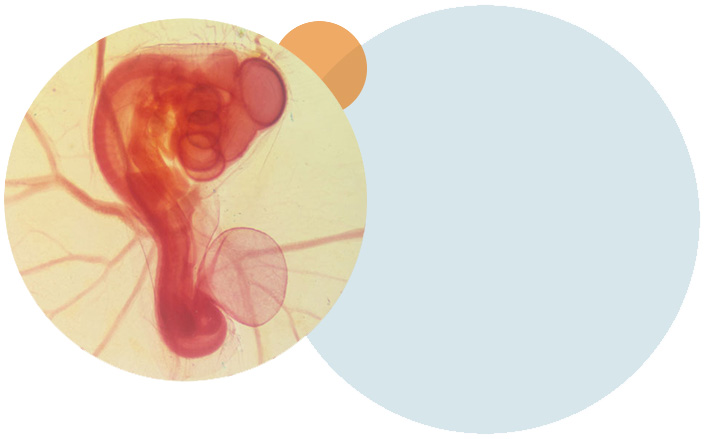
Goal
Enhance knowledge of genes and gene regulatory networks at the single- and multi-cell levels to understand typical human development and to identify periods of sensitivity in developmental processes that may lead to structural birth defects and neurodevelopmental disorders, including intellectual or developmental disabilities.
Goal
Enhance knowledge of genes and gene regulatory networks at the single- and multi-cell levels to understand typical human development and to identify periods of sensitivity in developmental processes that may lead to structural birth defects and neurodevelopmental disorders, including intellectual or developmental disabilities.
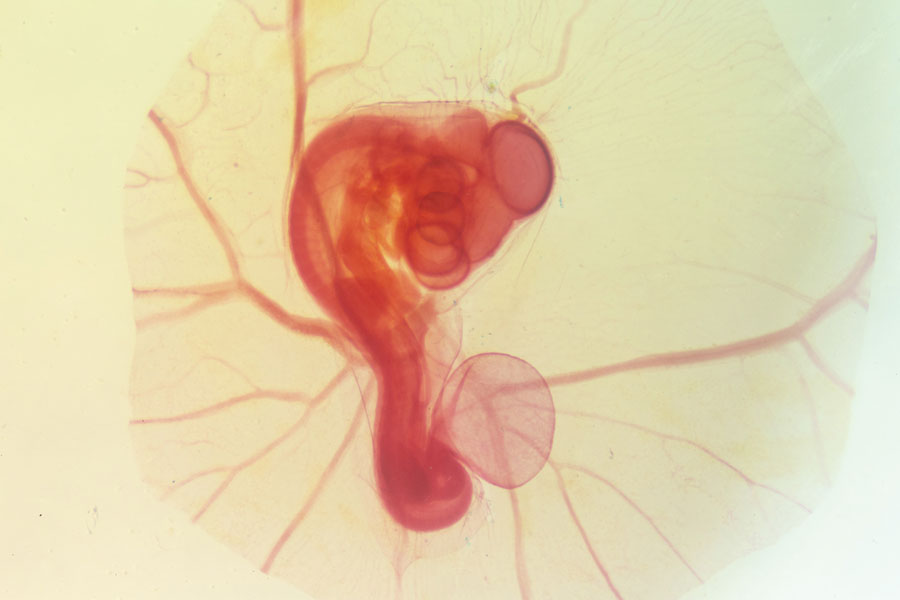
Research Opportunities
Investment in understanding typical developmental processes provides the foundation to investigate underlying mechanisms of congenital conditions, such as structural birth defects, neurodevelopmental disorders, and intellectual and developmental disabilities. Improved knowledge of basic mechanisms of typical and atypical development could reveal key intervention targets to prevent or treat these conditions and improve quality of life. The earliest processes of human development, in which regulatory molecular networks of genes control development and differentiation of cells, can now be scrutinized with powerful technologies and techniques. Exploiting these tools to map gene regulatory networks, categorize and profile single cell types, and explore genetic variations and epigenetic processes may enable scientists to discern early factors and sensitive periods that raise the risk of congenital anomalies or intellectual and developmental disabilities.
New opportunities are emerging to identify how development at the earliest stages may underlie physiologic mechanisms for conditions that may not manifest until years or even decades after birth. Research opportunities in this area include characterizing novel and variant cell types in model organisms and humans, understanding signaling pathways in development, and using genomics and other ‘omics methods to examine endogenous developmental processes. Attention to the influence of social and environmental exposures on early development may help to identify potential targets for prevention. This expansion of fundamental knowledge may also allow researchers to harness endogenous developmental pathways and growth factors to create regenerative interventions. Data sharing and advanced analytic techniques, particularly involving genomic datasets, will be key to facilitating rapid advances in these areas of research.
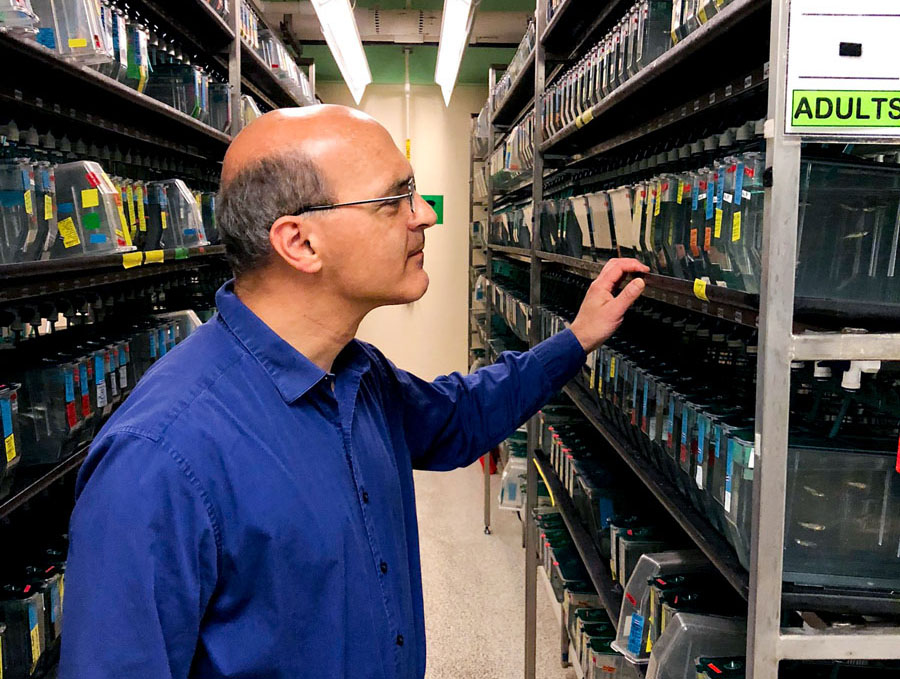
Dr. Brant Weinstein in NICHD’s Division of Intramural Research studies early development in zebrafish, mouse, and cavefish models, as well as in cell cultures.
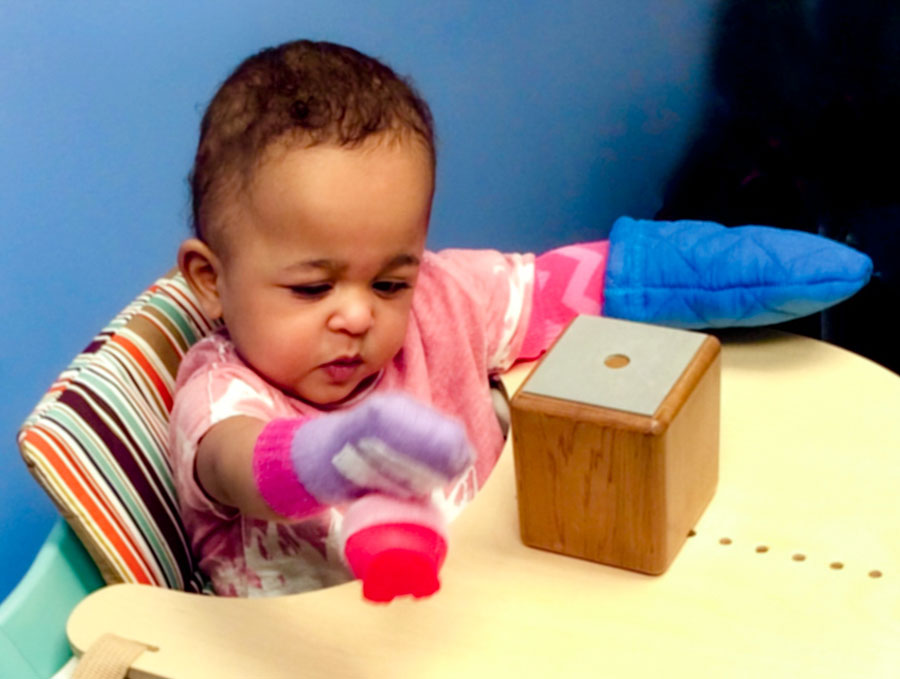
In an NICHD-funded study, an infant with cerebral palsy undergoes constraint-induced movement therapy to improve hand use and control. CREDIT: N. MAITRE, CHILDREN’S NATIONAL MEDICAL CENTER.
Scientific Priorities to Advance Public Health
- Reduce the incidence of structural birth defects, neurodevelopmental disorders, and intellectual and developmental disabilities by improving understanding of their origins in the developmental process and identifying potential targets and optimal timing for intervention.
- Characterize the genetic, molecular, and cellular events that determine the initial structure of the cells and pathways that ultimately form the nervous system to better understand early neurodevelopmental trajectories associated with health and disease.
- Use a diverse set of model organisms and other model systems to enhance understanding of typical developmental processes and to identify potential new treatment approaches for people with physical, intellectual, and developmental disabilities.
- Capitalize on new technologies and methods to map global gene regulatory networks that govern development; categorize and profile single cell types as they differentiate and mature, including temporal and spatial characteristics and interactions; and understand the epigenetic processes that regulate cell growth to advance knowledge of determinants of typical and atypical development.
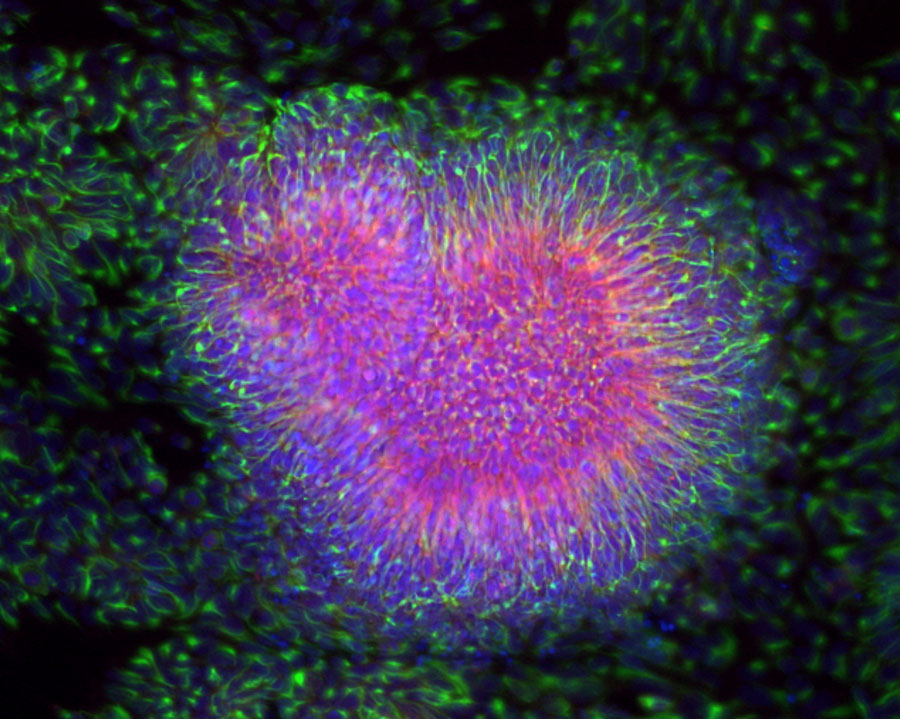
 BACK TO TOP
BACK TO TOP